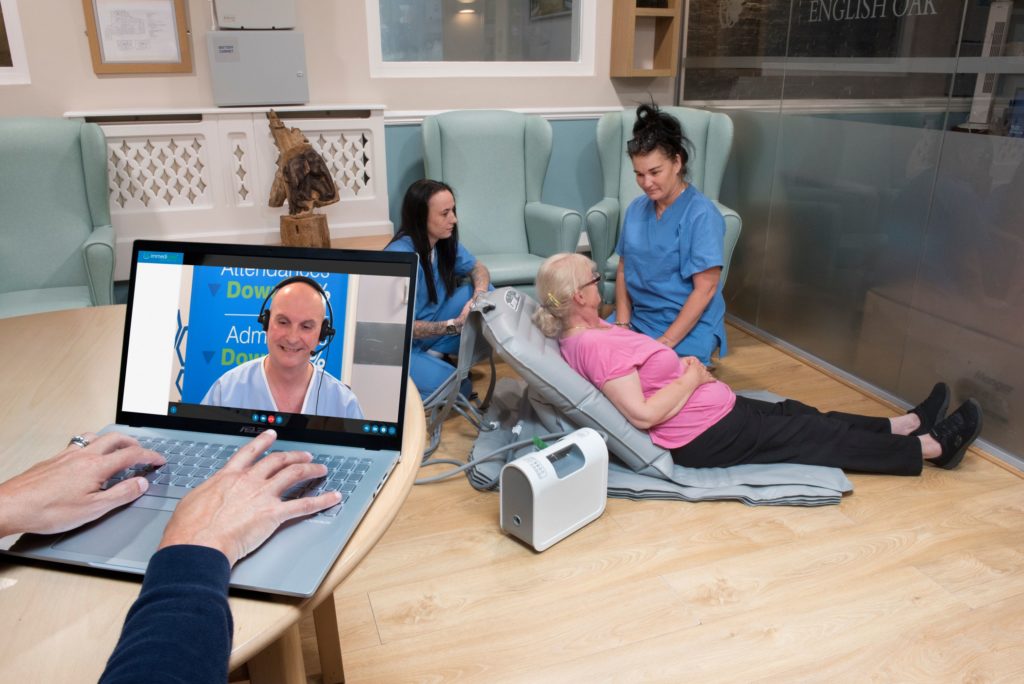Fill our form to download your free research report, written by Dr Mark Hawker.
Why 4,438 daily falls in UK care homes deserve our attention
As news of increasing long ambulance wait times outside busy hospital A&E departments hit the headlines, an initiative to positively manage elderly falls and promote safe lifting is see early success. Combining Mangar lifting cushions with the ISTUMBLE health assessment app, enables carers to provide single handed care within their care home. Conditions such as dementia and elderly frailty increase the risk of falls and when combined with a long lie, while waiting for an ambulance, the impact can be critical.
A recent report,’ “Responding to falls in care homes: two innovations” by Dr Mark Hawker and River Rea from Involve, discusses how best practice in post fall management can provide time and cost savings to the wider health and social care system.
Combining benefits of assistive lifting technology and video-based clinical support could return costs savings of up to £3,911 per fall, whilst also safeguarding residents’ lives.
Across the 15,000 + care homes registered by the Care Quality Commission there are between 270,000 – 1,620,000 falls per year. As one of the most frequently reported accidents among residents, falls represent a pressing issue for providers of care, particularly as demand for places is expected to rise as the population ages.
Author, Dr Mark Hawker says, “the risk factors for falls in care setting are diverse and the multiplicity of elements influencing the likelihood of falls makes them incredibly difficult to eliminate entirely. For the individual, the consequences of a fall are numerous and distressing, while the repetitive lifting requirement of carers puts them at risk of musculoskeletal injury.

“The pilot studies we’ve examined demonstrate that by giving care home staff the tools to empower safe lifting reduces the time residents spend on the floor after a fall waiting for an ambulance and help to arrive. Organised and safe post fall care is better for the resident and more cost effective for the NHS.”
The report goes on to discuss the importance of reducing the risk of spreading infectious diseases by eliminating avoidable contacts. There are clear benefits of using technologies that reduce the number of external contact such as those that would be required to pick up a resident following a fall. While difficult to quantify, the reduction of contacts with healthcare workers such as paramedics, GPs and district nurses with residents is seen as essential during a pandemic.
Mangar Health CEO Simon Claridge adds, “we have been working with NHS Ambulance Trusts for nearly 20 years and yet this report has been incredibly eye opening for us. We know lifting fallen care home residents is a daily challenge to prioritising ambulance calls, yet equipment and technology could easily lift the considerable pressures they are under and save the NHS millions annually.
“We would like to call on NHS England, NICE and CQC to review the dynamics involved in a resident fall detailed in this report and consider alternative care models in a post pandemic environment.”
Anyone wishing to receive a copy of the report should email hello@involve.vc.









